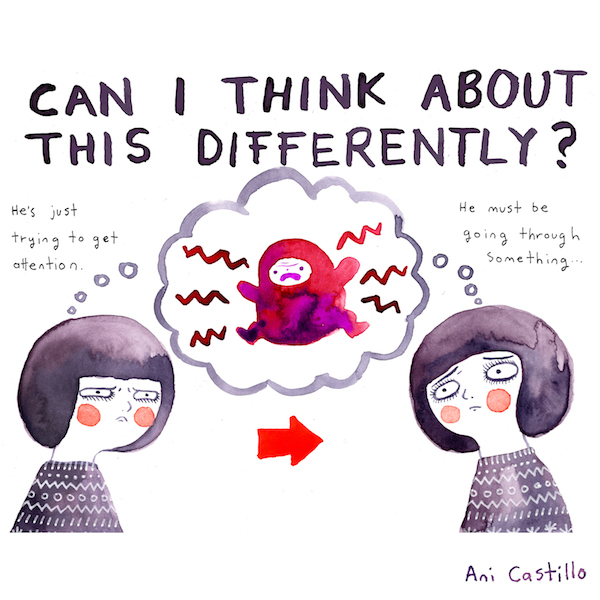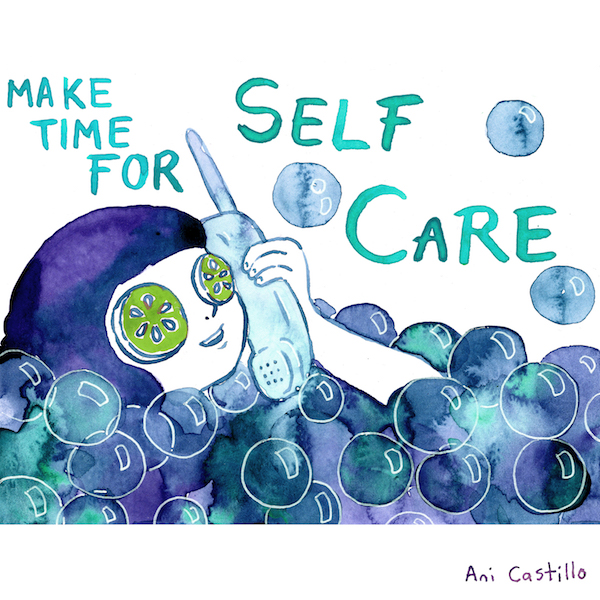You are here
Tips for Teachers: Ways to Help Students Who Struggle with Emotions or Behavior

1. Start fresh. Other teachers may see your class roster and warn you about a particular student, but if what they have to say is negative it can taint your perception of that student before you have even met them. If you see a conversation starting to go this way, reframe it in a positive light. Ask what worked best, or what that teacher would have done differently if they got to do it over. It’s up to you to develop your own relationship with that student.

2. Draw on past experiences with students, but don’t necessarily rely on them. The start of the school year brings a fresh crop of children and teenagers with different backgrounds, personalities, and problems. Think about techniques that worked last year for dealing with some of your “difficult” students, but stay open to new approaches.

3. Put yourself in the right frame of mind. Most students who have emotional or behavioral problems want to be successful in school, but have trouble controlling themselves, focusing, and staying still. Avoid deeming them “attention seekers,” or “slackers.” Work on being as patient as possible.

4. Expect some disorganization and forgetfulness. Children who are sad, angry, or afraid are probably not too concerned about missing papers or homework assignments. Of 11-17-year olds who took MHA’s Youth Screening, 92 percent reported that they sometimes or often had trouble concentrating, and 91 percent reported that they were sometimes or often easily distracted. If your workload allows, it might be helpful to email homework assignments to parents to keep kids on task, or provide written directions instead of verbal ones so students can refer back to them. If you are using technology in the classroom, use the reminder or task tools that are available.

5. Reduce classroom stress. Avoid rigid deadlines – try giving homework assignments that are due in two days instead of the following day. Don’t lower grades for non-academic reasons like messy handwriting, especially with younger children. Think of ways to gamify your lessons from time to time so they are more engaging for students who struggle to focus.

6. Look into evidence-based programs that support social and emotional learning. MHA recommends the Pax Good Behavior Game (especially for younger students), the Positive Action Program, and the Raising Healthy Children Program. These programs use social and emotional learning to deliver outcomes that matter later in life such as less crime, lower rates of public assistance, improved employment opportunities, and higher earning potential. Furthermore, they have demonstrated considerable return on investment.

7. Find the good and praise it. Children and teens who are struggling with emotional or behavioral problems find school extra hard and often deal with low self-esteem. They may be extra sensitive and much harder on themselves than their peers. Be genuine and generous in your praise and downplay their shortcomings. Assure them that with hard work and practice, they will eventually find difficult assignments easier.

8. Be familiar with options for accommodations. For children and teenagers who still have trouble despite after school help or chances to correct their mistakes, IEPs and 504 Plans can help structure the unique assistance they need to succeed. Gently suggest these options to parents when appropriate – they may not even know this kind of extra help is available.

9. Avoid embarrassment. When dealing with a student who is being disruptive, take them aside or out in the hall to explain the problem rather than reprimanding them in front of their classmates. Ensure that they know the problem is with the behavior – not them – and how you expect them to behave moving forward.

10. Exercise compassion. No special accommodation can substitute for patience, kindness, and flexibility. Teachers bring a great deal of compassion to the table to start with, but it can be easy to let it fall to the wayside when you’ve got a classroom full of 30 students, 4 more lesson plans to get through, and can’t seem to get everyone to stay on the same page. No one expects you to be a saint – just try your best to keep your cool.

11. Work with parents. Parents may see behaviors at home that you aren’t seeing in school and vice versa. Keeping open lines of communication with parents will create consistency in working with students who have emotional or behavioral struggles and minimize misunderstandings. Make a plan that helps you communicate regularly with parents who need more frequent contact than others so that they're in the loop with what you're seeing in the classroom, and they can fill you in on what's going on at home.

12. Make time to take care of yourself. Find ways to de-stress on evenings and weekends so you can bring your “A game” to the classroom. You might be the take-a-hot-bath type or you might be the cross fit type – whatever works best for you.
Adapted from Red Flags, “Ways to Assist Students with Depression or Related Disorders.”








this page